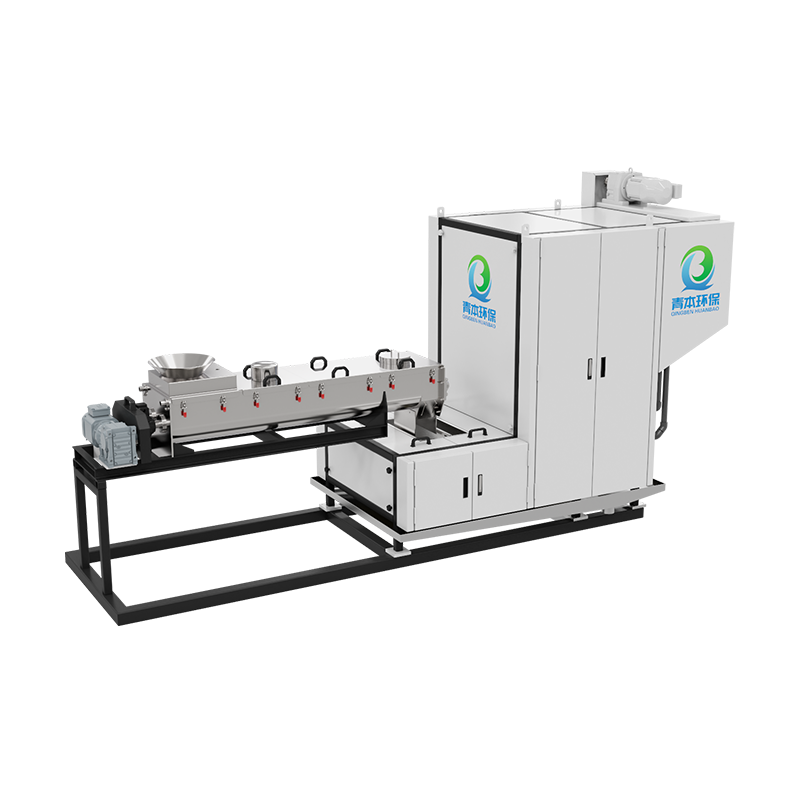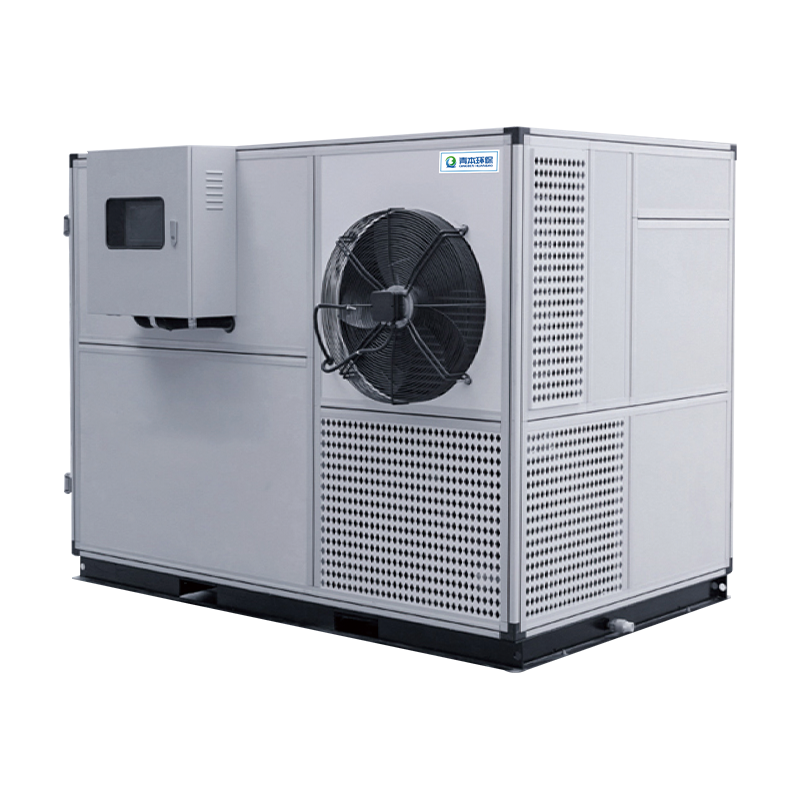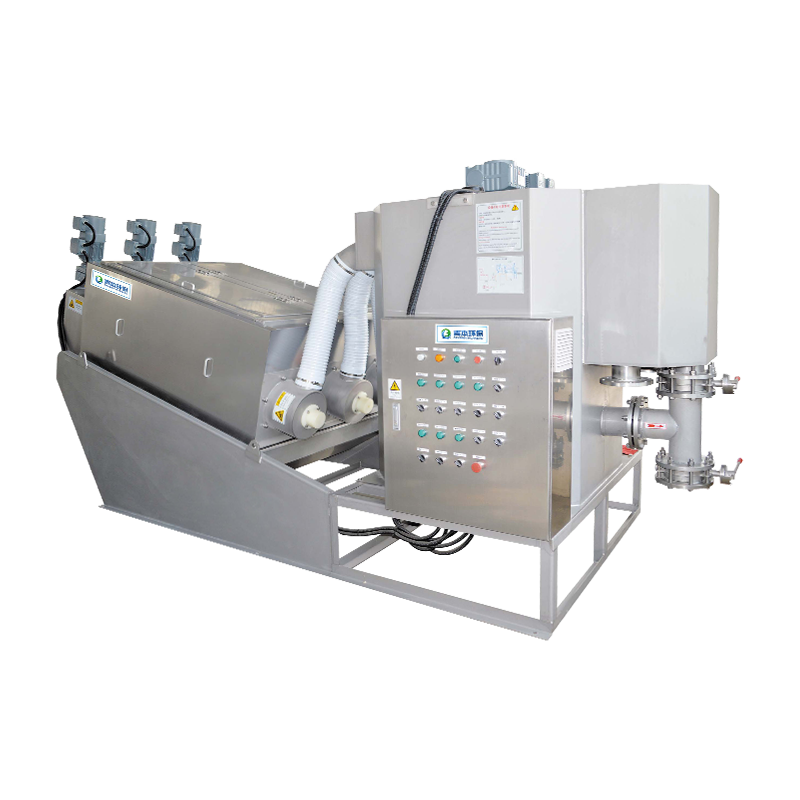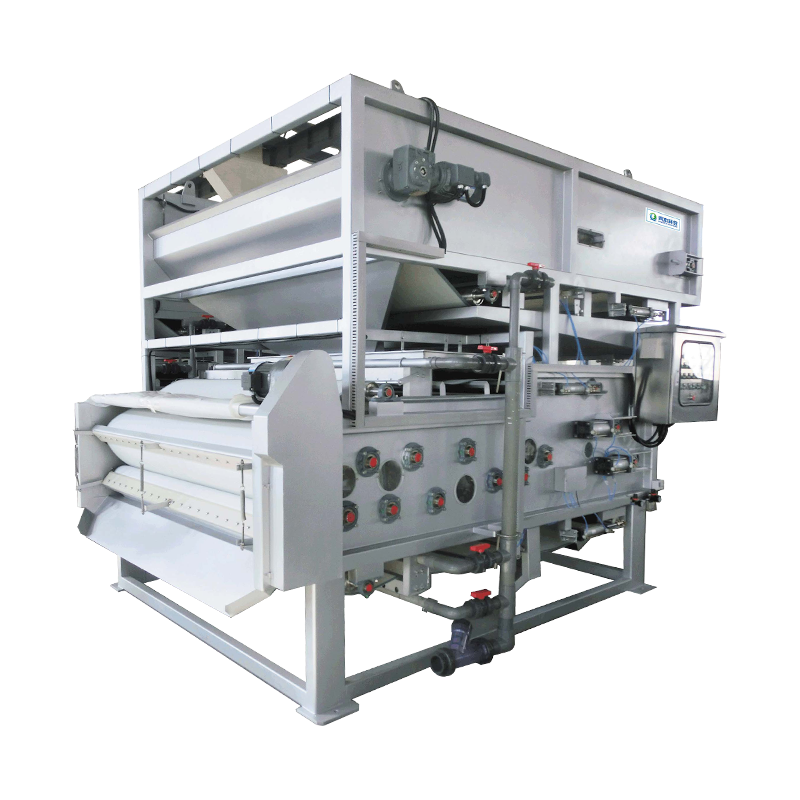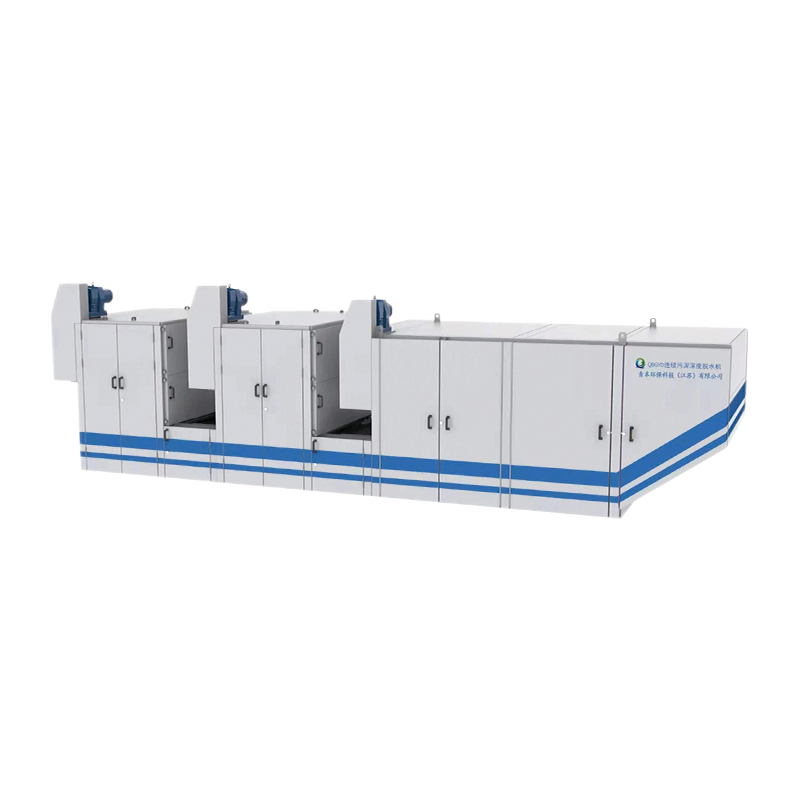1. Why do mobile screw press sludge dewatering trucks need cleaning?
Preventing clogging and scaling (core cause):
The screw shaft and screen (filter) are core components of sludge dewatering. Fibers, hair, and plastic fragments in sludge can easily become entangled in the screw shaft or clog the screen mesh.
If not cleaned immediately after shutdown, the remaining sludge will dry out and harden, forming a hard scale layer. This will cause a sharp increase in load upon the next startup, potentially causing the screw shaft to seize, the motor to burn out, or the screen to break.
Ensuring dewatering results:
A clean screen ensures smooth water removal. If the screen is partially clogged, the effective filtration area is reduced, resulting in incomplete dewatering and a wet sludge cake, which will not meet treatment requirements.
Preventing corrosion and damage:
Many sludges (such as industrial and municipal sludge) are corrosive. Long-term adhesion to the interior walls and components of the equipment can corrode the metal and shorten its lifespan.
Prompt cleaning minimizes the amount of time sludge remains in contact with the equipment.
Maintaining a safe and environmentally friendly work environment:
Mobile dewatering vehicles travel back and forth between different work sites. Carrying residual sludge can pollute roads and the environment, create foul odors, and negatively impact the city's appearance.
Some sludge may contain pathogens, so timely cleaning is also a hygienic measure to prevent the spread of disease.
2. How to properly clean a mobile spiral sludge dewatering vehicle?
Standard Operating Procedures:
Shutdown and Power Off:
Completely shut down the equipment, turn off the main power switch, and implement a safety lockout (tagout and lockout) procedure to ensure the equipment cannot be accidentally started during the cleaning process.
Exterior Flushing:
Use a low-pressure water jet to flush the equipment housing, platforms, and walkways to remove spilled sludge.
Internal Cleaning of Core Components (Critical Step):
Screen/Filter Belt Cleaning: Use a high-pressure washer with a dedicated nozzle to thoroughly flush the screen from both the inside and outside to ensure all filter holes are unobstructed. For stubborn blockages, a soft-bristled brush may be used to assist in clearing.
Screw Shaft Cleaning: Manually or with a tool, remove any debris such as fibers and hair entangled in the screw shaft. Then, rinse the screw blades and shaft thoroughly with water.
Sump and Drain Cleaning: Rinse and clean the sump and pipes that collect the filtrate to prevent buildup.
System Flushing:
Many systems are equipped with automatic flushing systems. After manually clearing large debris, activate this program, idling the system while running clean water to thoroughly rinse the screw shaft, screen, and other internal systems.
Drying and Inspection:
After cleaning, allow the system to idle for a period of time to allow centrifugal force to remove moisture from the components.
Open the inspection door and allow the system to air dry naturally.
During the cleaning process, inspect the screen for damage, screw blade wear, and seals for signs of aging, and keep records.
Sludge Silo Cleaning:
After completely unloading the dewatered sludge cake, clean the silo walls to prevent sludge from compacting.
3. Cleaning Frequency Recommendations
After each operation: The above-mentioned daily flushing and cleaning must be performed.
Regular Deep Cleaning: Depending on the nature of the sludge and the intensity of operation, a more thorough disassembly and cleaning may be performed weekly or monthly. This may involve partially disassembling the screen or screw shaft for detailed cleaning and inspection.








